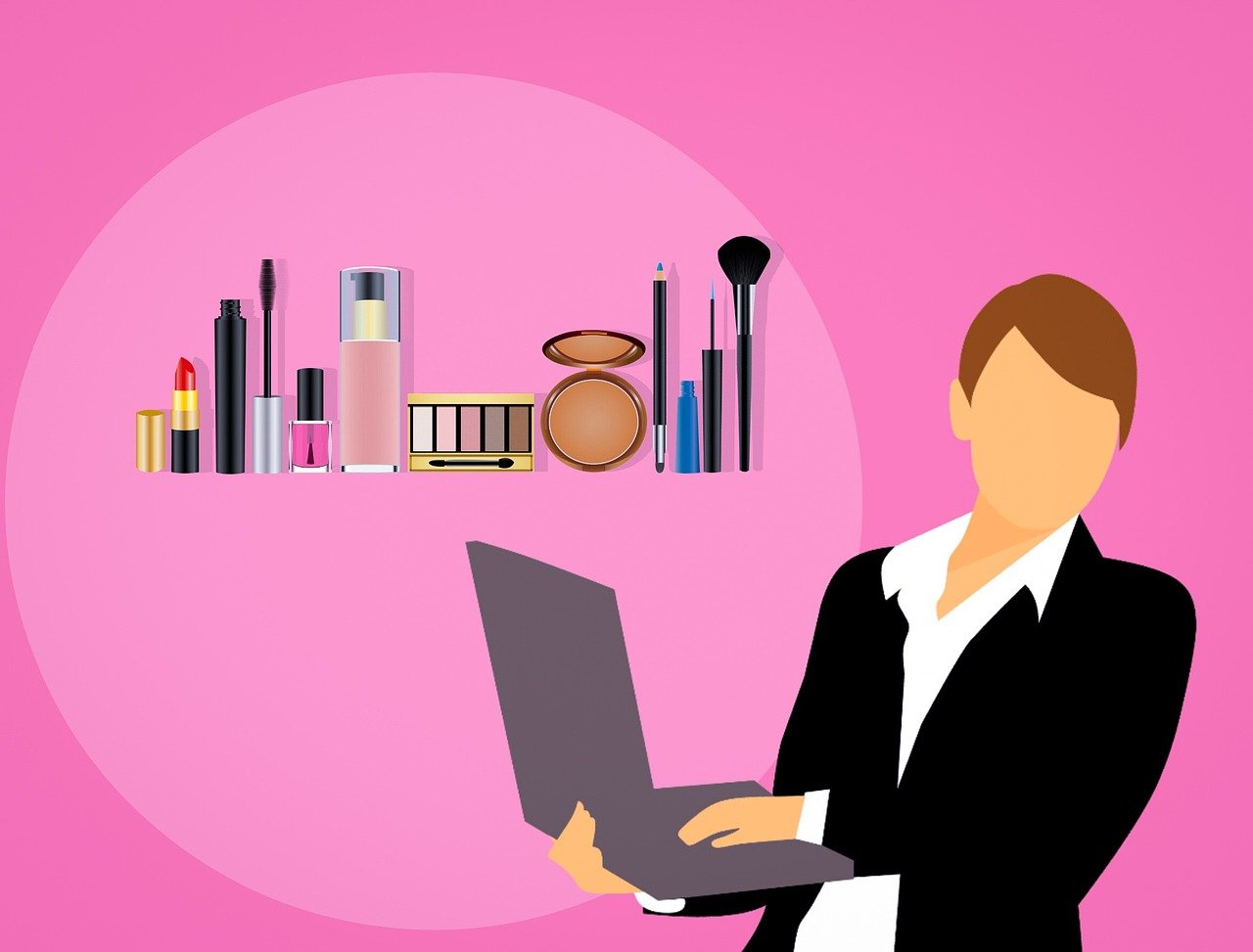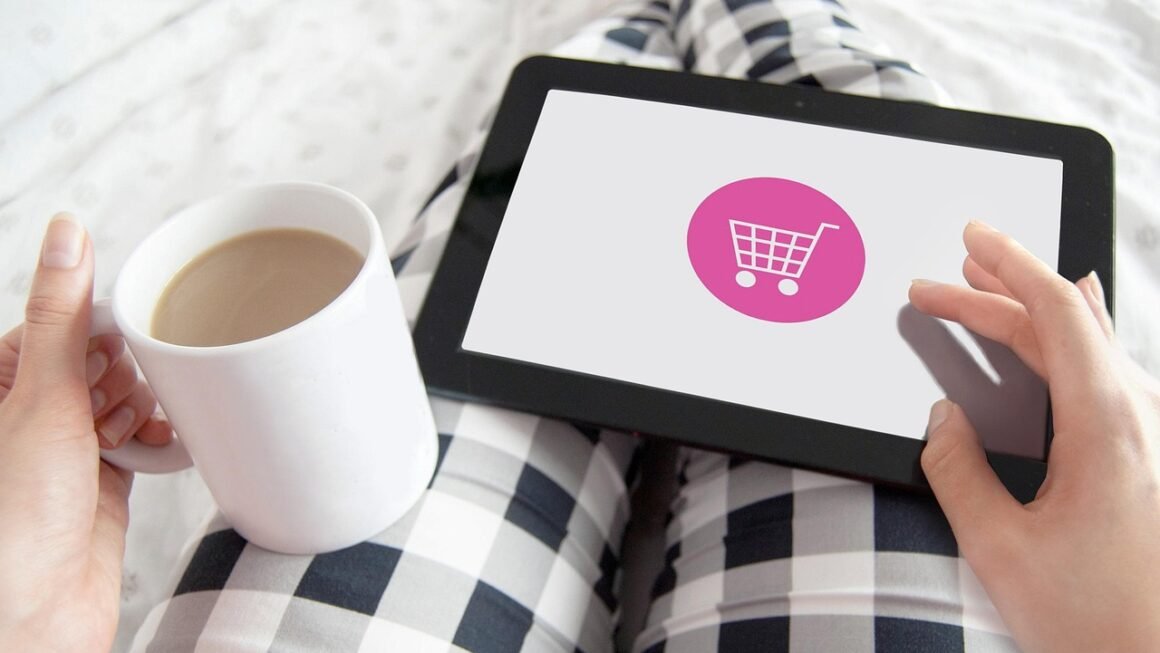Upselling. It’s more than just suggesting a larger size at your favorite coffee shop. When done right, it’s a powerful strategy that enhances customer satisfaction, boosts revenue, and strengthens brand loyalty. But when executed poorly, it can feel pushy and damage the customer relationship. This guide dives deep into the art and science of upselling, providing you with the knowledge and practical strategies to implement it successfully in your business.
Understanding the Power of Upselling
What is Upselling?
Upselling is a sales technique where you persuade a customer to purchase a more expensive, upgraded, or premium version of the item they originally intended to buy. It focuses on highlighting features, benefits, or value propositions that the original product lacks, ultimately leading the customer to perceive the upgrade as a worthwhile investment.
- It’s not about tricking customers into buying something they don’t need.
- It’s about offering genuine value that aligns with their needs and desires.
- The goal is to improve their overall experience with your product or service.
Benefits of Effective Upselling
Upselling offers a multitude of advantages for businesses:
- Increased Revenue: The most obvious benefit is the immediate boost to sales revenue. Upgrading customers to higher-priced items directly increases your average order value (AOV). Studies show that upselling accounts for approximately 70-95% of revenue for some companies.
- Improved Customer Lifetime Value (CLTV): Satisfied customers who experience added value are more likely to return for future purchases, increasing their overall lifetime value.
- Enhanced Customer Satisfaction: When upselling addresses a customer’s unmet needs or provides a better solution, it can actually increase their satisfaction. This is especially true when the initial product proves to be insufficient after the purchase.
- Stronger Customer Relationships: Upselling, when done with empathy and a focus on the customer’s needs, builds trust and strengthens the relationship. It demonstrates that you’re genuinely invested in providing them with the best possible solution.
- Reduced Customer Acquisition Cost (CAC): Upselling to existing customers is significantly cheaper than acquiring new ones. The cost of acquiring a new customer can be 5 to 25 times higher than retaining an existing one, according to Harvard Business Review.
Examples of Upselling in Action
- Software: A customer purchasing a basic accounting software package might be upsold to the “premium” version with features like payroll integration and advanced reporting.
- E-commerce: Someone buying a laptop could be offered a faster processor, more memory, or a larger screen. They might also be upsold to a warranty or an extended service plan.
- Hospitality: A hotel guest booking a standard room might be offered an upgrade to a suite with a better view and access to the executive lounge.
- Restaurants: A diner ordering a steak might be offered a side of truffle fries or an upgrade to a premium cut of meat.
- Retail: A customer purchasing a new phone could be offered a protective case, screen protector, or a higher-capacity storage option.
Identifying Upselling Opportunities
Understanding Your Customer Needs
The foundation of successful upselling lies in understanding your customer’s needs, pain points, and goals. This requires gathering data, actively listening to feedback, and analyzing customer behavior.
- Customer Surveys: Use surveys to gather insights into customer preferences, satisfaction levels, and unmet needs. Ask questions about their challenges and what they hope to achieve with your product or service.
- Customer Relationship Management (CRM) Data: Leverage your CRM to track customer interactions, purchase history, and communication preferences. This data provides valuable insights into their buying patterns and interests.
- Website Analytics: Analyze website traffic, search queries, and product page views to understand what customers are looking for and where they might be struggling.
- Social Media Monitoring: Monitor social media channels for mentions of your brand and industry keywords to identify customer pain points and emerging trends.
- Sales Team Feedback: Your sales team is on the front lines, interacting directly with customers. Gather their feedback on customer needs, common objections, and successful upselling strategies.
Analyzing Your Product or Service Offerings
Once you understand your customers, analyze your product or service offerings to identify potential upselling opportunities. Look for complementary products, premium features, or enhanced services that address specific customer needs.
- Feature Comparison Charts: Create charts that clearly highlight the differences between different versions of your product or service. This makes it easier for customers to understand the value proposition of each option.
- Value-Added Packages: Bundle together related products or services into packages that offer additional value to customers. For example, a photography package might include a camera, lens, tripod, and editing software.
- Premium Versions: Offer premium versions of your product or service with exclusive features, enhanced support, or faster delivery.
- Training and Support: Offer training courses or personalized support services to help customers get the most out of your product or service.
Timing is Everything: When to Upsell
The timing of your upselling efforts is crucial. Upselling too early or too aggressively can turn customers off, while waiting too long can miss the opportunity.
- Pre-Purchase: Present upselling options on product pages, in shopping carts, or during the checkout process. Use clear and concise language to explain the benefits of the upgrade.
- Post-Purchase: Offer upselling opportunities in confirmation emails, thank-you pages, or through personalized follow-up communication. Focus on providing value and addressing any potential concerns.
- Onboarding: Introduce advanced features or premium services during the onboarding process to help customers get the most out of your product or service.
- Renewal Time: When customers are renewing their subscriptions or contracts, offer them the opportunity to upgrade to a higher tier with additional features or benefits.
Effective Upselling Techniques
Personalized Recommendations
Personalization is key to successful upselling. Tailor your recommendations to each customer’s individual needs and preferences.
- Based on Purchase History: Recommend products or services that are related to their past purchases.
- Based on Browsing Behavior: Suggest items that they have recently viewed on your website.
- Based on Demographic Data: Offer products or services that are popular with customers in their demographic group.
- Example: If a customer purchases a running shoe, recommend performance socks designed to reduce blisters or a GPS running watch to track their progress.
Highlighting Value, Not Just Price
Focus on communicating the value of the upgrade, rather than just emphasizing the higher price. Explain how the premium version will solve their problems, improve their results, or enhance their experience.
- Focus on Benefits, Not Features: Instead of simply listing the features of the upgraded product, explain how those features will benefit the customer. For example, instead of saying “This laptop has 16GB of RAM,” say “This laptop’s 16GB of RAM will allow you to run multiple applications simultaneously without experiencing any slowdown.”
- Quantify the Value: Use data and statistics to demonstrate the value of the upgrade. For example, “Customers who upgrade to our premium plan see a 20% increase in productivity.”
- Use Visuals: Use images, videos, or demonstrations to showcase the features and benefits of the upgraded product or service.
Social Proof and Testimonials
Leverage social proof and testimonials to build trust and demonstrate the value of the upgrade.
- Display Customer Reviews: Showcase positive reviews and ratings of the upgraded product or service.
- Share Case Studies: Present case studies that demonstrate how other customers have benefited from the upgrade.
- Include Testimonials: Feature testimonials from satisfied customers who have upgraded.
- Example: “Don’t just take our word for it. See what other customers are saying about our premium package!” Include a carousel of customer testimonials.
Offer Limited-Time Promotions and Incentives
Create a sense of urgency by offering limited-time promotions or incentives to encourage customers to upgrade.
- Discounts: Offer a percentage discount on the upgraded product or service.
- Free Shipping: Provide free shipping on orders that include the upgraded item.
- Bonus Items: Include a free bonus item with the upgraded purchase.
- Example: “Upgrade to our premium plan today and get 20% off your first month!”
Avoiding Common Upselling Mistakes
Being Too Aggressive or Pushy
Avoid being too aggressive or pushy with your upselling efforts. Customers should feel like they are making an informed choice, not being pressured into a purchase.
- Focus on Providing Value: Always prioritize providing value and addressing the customer’s needs.
- Respect Customer Decisions: If a customer declines the upgrade, respect their decision and don’t push the issue.
Suggesting Irrelevant Upgrades
Only suggest upgrades that are relevant to the customer’s needs and interests. Recommending irrelevant products or services can be frustrating and damage the customer relationship.
- Segment Your Customers: Segment your customers based on their needs and preferences to ensure that you are offering relevant recommendations.
- Use Data to Target Your Offers: Leverage data to target your upselling offers to the right customers at the right time.
Neglecting Customer Service
Don’t neglect customer service during the upselling process. Ensure that customers have access to the support they need to make an informed decision.
- Provide Clear and Concise Information: Provide clear and concise information about the benefits of the upgrade.
- Answer Customer Questions Promptly: Answer customer questions promptly and thoroughly.
- Offer a Money-Back Guarantee:* Provide a money-back guarantee to reduce the risk for customers who are considering an upgrade.
Conclusion
Upselling, when implemented strategically and ethically, is a powerful tool for boosting revenue, enhancing customer satisfaction, and building stronger customer relationships. By understanding your customers’ needs, analyzing your product offerings, and employing effective upselling techniques, you can create a win-win situation where both your business and your customers benefit. Remember to always focus on providing value, respecting customer decisions, and delivering exceptional customer service throughout the entire process. By avoiding common mistakes and continuously optimizing your upselling strategies, you can unlock the full potential of this valuable sales technique.



